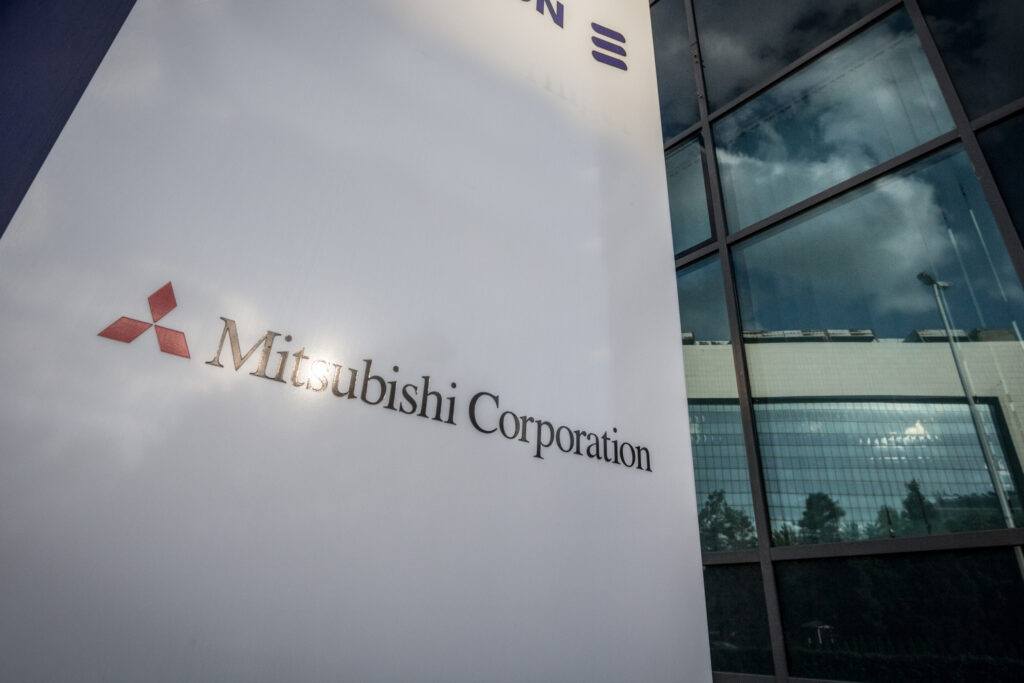Mitsubishi to build salmon land farm in Japan

Japanese industrial giant Mitsubishi is to go into the land-based salmon farming business in its home country.
Mitsubishi, which employs 80,000 people worldwide, is already the owner of Cermaq, which is one of Norway’s largest salmon farming businesses and also operates in Chile and Canada.
It is teaming up with Maruha Nichiro, Japan’s largest seafood company, to set up a new aquaculture operation.
To be named the ATLAND Corporation, it will launch in October. The facility is expected to be operational by 2025, with an initially modest production capacity of 2,500 tonnes. It will be built on Japan’s west coast near the city of Nagano.
Mitsubish will own 51% of ATLAND while Maruha will own 49%.
A joint statement from the two companies said: “Mitsubishi Corporation (MC) and Maruha Nichiro have been discussing the joint promotion of this project since March 2021.
“This project is expected to help develop a sustainable and stable land-based production system, efficient digital-tech-based operations, local production for local consumption, and progress in decarbonisation.
“Our companies are both dedicated to leveraging our strengths and businesses to simultaneously generate economic, environmental and societal value.
The statement added: “There are few suitable locations for conventional salmon aquaculture, due to the need for year-round low seawater temperatures, mild weather and wave activity.
“For those reasons, the vast majority of the world’s farmed salmon is produced in Norway and Chile, but expectations are that global demand for this high-quality animal protein will continue to grow in the future. The aim of our joint project is to create a ‘local-production-for-local-consumption’ business model in Japan’s salmon industry.”
They also said the new business model is expected to produce fewer greenhouse gas emissions compared to the practice of importing fresh salmon to Japan by air from salmon-farming countries.
“In addition, land-based aquaculture that uses recirculating aquaculture systems is highly compatible with digital technologies,” they stressed.
ATLAND will use ground water originating from the Kurobe River and deep seawater from the Toyama Bay, which is characterised by its high water quality and low, stable temperature, which, the companies said, means the facility will require a lower amount of energy to run.


